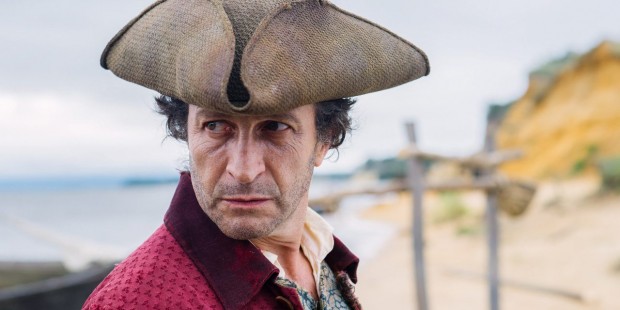
Wow, 2018 was a particularly strong and stunning year for film. With so many awe-inspiring visuals lighting up our living rooms, bijous, drive-ins, and multiplexes the world over, Taste of Cinema continues our exciting and tireless search for the most visually exquisite films of 2018.
As ever, such a task was no easy charge, and not one we undertook lightly, although several films stood out straight away (animated gems like Isle of Dogs and Into the Spider-Verse were shoo-ins, and high-rankings from Burning, The Rider, and Roma were cinched for anyone who saw these on the big screen).
The assembled list presented here offers up the finest films of dazzling depth, stirring symmetry, gorgeous framing, and assured grace that 2018 had to offer. Enjoy!
20. At Eternity’s Gate

Adored and established American painter and filmmaker Julian Schnabel (The Diving Bell and the Butterfly [2007]) teams with the French cinematographer Benoît Delhomme (The Proposition [2005]) for this artfully fragmented and intimately introspective glimpse at Vincent Van Gogh’s later years. Point-of-view lensing, roving tracking shots, intense close-ups, and bold sound experimentation make At Eternity’s Gate an deep-seated, emotional and essential cinematic portrait.
Willem Dafoe knows how to hold a closeup, and is perfectly cast as tormented artist Vincent van Gogh––even if he’s too old for the part by twenty-five years or so––and Schnabel’s film finds him in Arles, France, working on his masterworks that capture the natural beauty all around him.
It’s a film so unlike Schnabel’s previous films, even though he’s done biographical works almost exclusively, and even on important artists (such as postmodernist/neo expressionist artist Jean-Michel Basquiat in 1996’s Basquiat and poet/playwright Reinaldo Arenas in 2000’s Before Night Falls).
Sure, some of those atypical biopic tropes appear here and there, but the unflinchingly close camera, twitchy editing, and handheld work provide a vibrant intimacy while perhaps alluding to van Gogh’s emotional instability. It all amounts to an elegiac and haunting film that will ensuingly hound you for days and days. Don’t miss it.
19. Sicilian Ghost Story
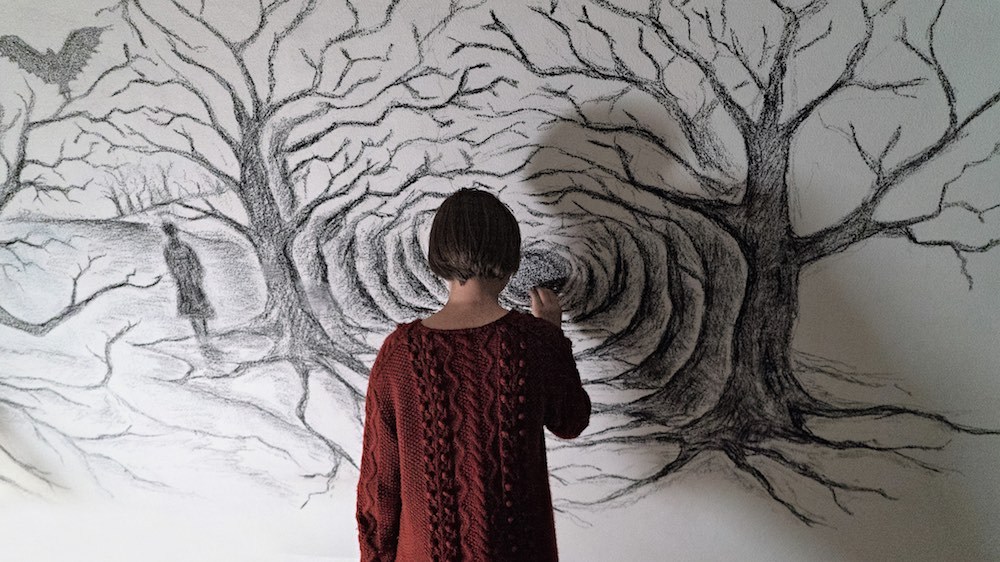
Julia Jedlikowska is wonderful as Luna, a naive and tender teen, who pines for and later will try to extricate her dreamy classmate Giuseppe (Gaetano Fernandez), in Italian directors Fabio Grassadonia and Antonio Piazza’s haunting, rhythmic and slow burning film.
Inspired by a shocking real-life incident involving a teen’s 1996 abduction and murder by the Sicilian Mafia––the teen’s father was a cooperating witness––Sicilian Ghost Story casts a spectral and ghastly glow. Luna shares a psychic connection to Giuseppe and his absence from school provokes in her visions and waking fantasies of “things that might exist”, including his ghostly form.
Elegantly photographed by the brilliant cinematographer Luca Bigazzi (2013’s The Great Beauty), this is a chimera-like film, hypnotic, and languidly seductive, while remaining shockingly grim.
18. November
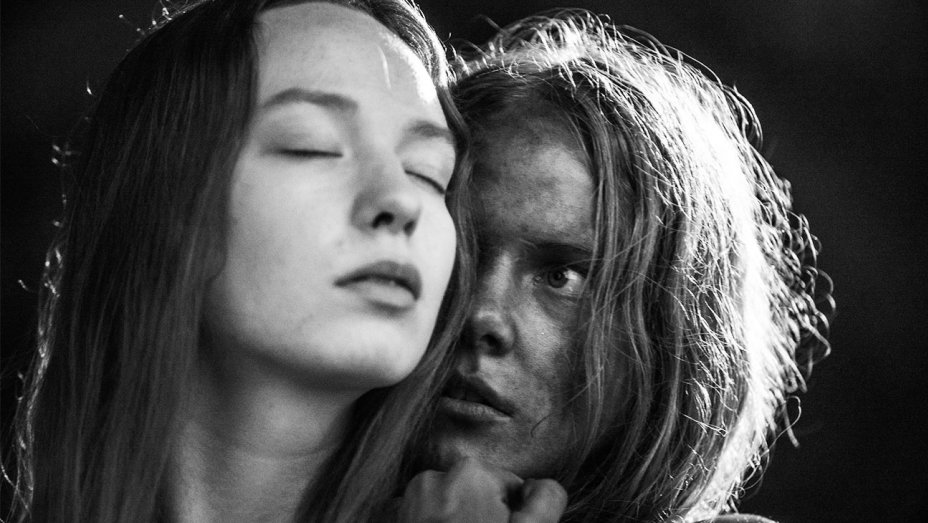
Set in the wintry landscape of 19th century Estonia, director Rainer Sarnet’s pagan-fuelled, black-and-white fantasy film is a loose adaptation of Andrus Kivirähk’s 2000 novel “Rehepapp ehk November” (Old Barny aka November). It’s a bizarre and beautiful world of werewolves, spirits (including a personification of the Black Death), Christ, and “kratts” –– mythological “helpers”, scarecrow-like in appearance, made of bones and rusting farm tools that assist the peasantry in a myriad of ways.
And in this icy snowscape a farmer girl named Liina (Rea Lest) has eyes for a local lad named Hans (Jörgen Liik), who himself is besmitten with the unattainable aristocratic daughter (Jette Loona Hermanis) of the resident Baron. As the two evoke dangerous and double-edged mythical powers to quell their heart’s desires, only tragedy can result.
Sarnet’s monochromatic visuals, expertly lensed by cinematographer Mart Taniel, are frequently breathtaking, deeply strange, wholly outlandish, and all told, rather wonderful to behold. Equal parts funny and fucked up, November is a very singular cinematic expression of folkloric fantasy. It’s not for everyone, but the best kinds of strange, saga-like sojourns seldom ever are.
17. You Were Never Really Here
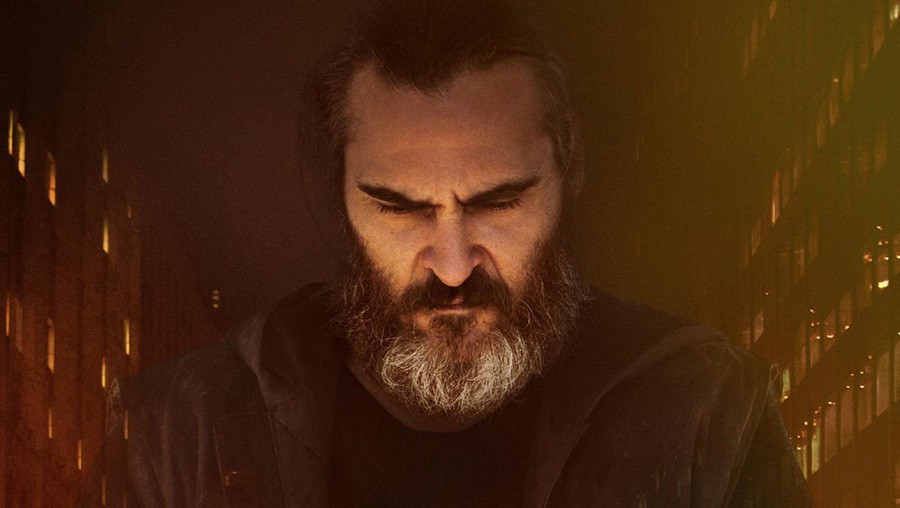
With her signature stunningly poetic and image-driven style, the latest from Lynne Ramsay (Morvern Callar [2002], We Need to Talk About Kevin [2011]) is an intense revenge drama adapted from a hard-boiled novella from usually jovial humorist Jonathan Ames (HBO’s Bored to Death). Having already won accolades at the 70th Cannes Film Festival in 2017 (where it received a seven-minute standing-o and brought home the Best Screenplay Award and Best Actor Award for Joaquin Phoenix), You Were Never Really Here finally found its wide release last Spring.
Phoenix is electrifying as damaged-soul Joe, an ex-Marine with a death wish who has found a way to temper his PTSD, paranoia, and anger management issues via an efficient and brutal career as a retriever of sex-trafficked children.
Watching, gobsmacked, as Ramsay moves through some conventional redemptive genre tropes as Joe, hammer in hand, swings his way through stirring set pieces such as a Manhattan brothel that houses a paedophile ring is never less than exhilarating as the familiar tropes are reimagined in the most startling of ways. Lazy critics have drawn not unwarranted comparisons to Taxi Driver (1976), but perhaps Point Blank (1967) and the New Hollywood of Paul Schrader’s Hardcore (1979) are even more exacting.
You Were Never Really Here is a formally ambitious thriller from one of the most extraordinary and unpredictable talents working today. Ramsay’s approach to elliptical, vivid, visceral storytelling that’s densely layered, character-driven, deadly serious but also darkly comedic, is one of the most compelling cinematic coups.
16. Climax

Argentinian enfant terrible filmmaker Gaspar Noé (Enter the Void [2009]) may now at long last finally have his masterpiece with Climax, an unimaginably beautiful nightmare mixture of ecstatic dance and horror most extreme. An absolutely mindblowing, and occasionally frustrating experience, Climax is as detailed and delirious as an Hieronymus Bosch hellscape.
Part Busby Berkeley’s 42nd Street (1933) dance numbers and part Pier Paolo Pasolini’s infamous Salò (1975), the film hits its dizziest heights early on (and intentional joke or not, it does seem to prematurely pop). After a hasty, though fairly engaging introduction to our cast of characters, members of a hip-hop dance troupe in 1996, we witness a whirlingly choreographed dance sequence in their rehearsal space, set to pulsating era-appropriate EDM and shot in a single, staggering, trance-inducing take.
To say that it’s riveting feels too basic, it’s an all-consuming feat of strength, and probably the most engrossing dance number you’ve ever borne witness to. So many different dancing styles coalesce; krumpers, voguers, and wackers, and all with an astounding fluidity, energy, and grace, it’s druggy just to take it all in. Wow.
But before long the film moves from Saturday Night Fever-style dance drama to full-on drug horror as the troupe comes to realize someone has spiked their celebratory sangria with some obscenely high-dose LSD.
Yes, there were walkouts at both VIFF screenings I attended, and they weren’t unwarranted given the dark and degenerate eruptions of terror––trigger warnings abound––but for the very brave or perhaps the youthfully naïve, Climax is a shocking and sinister pièce de résistance.
15. Annihilation
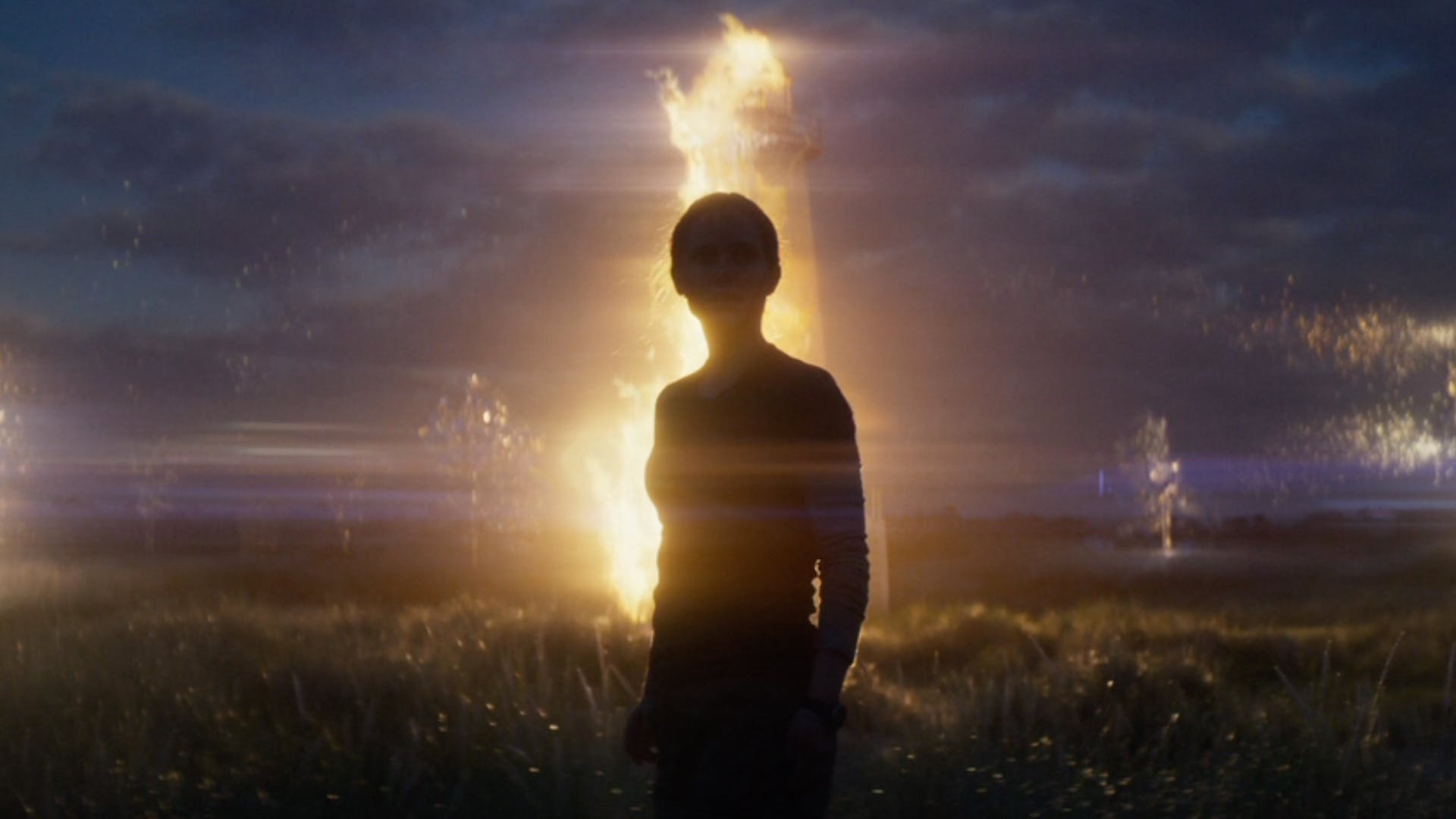
Profoundly unsettling and deeply imaginative, Alex Garland’s Annihilation, adapted from the first book in Jeff VanderMeer’s brilliant best-selling “Southern Reach Trilogy” (2014), presents adventurous viewers with a frequently hypnotic and sporadically heady miscellany of grandiose ecological parable and nerve-racking survival tale in a deep sci-fi skien.
Lena (Natalie Portman), a grieving biology professor and former U.S. Army soldier, is part of an all-female reconnaissance outfit sent into a top secret stretch of North American coast where something alien has altered the environment and nature has gone berserk; plantlife has grown into gorgeous and sinister floral forms and humanlike shapes; mutated beats, some seeming prehistoric, others like a Miyazaki fever dream, travel the timbers and marshlands down the coast.
This environmental territory, with startling shades of Chernobyl and Fukushima Daiichi, is in a frightening flux as its boundaries keep mushrooming. Lena and the rest of her unit, not at all the first reconnaissance team to lose their way trying to penetrate this strange southern zone, startlingly realize that their mental and emotional faculties are also socked in and uncertain.
Annihilation is a world of weird fiction; of dead husbands and daughters, of doppelgängers, waking dreams, monstrous rogue bears capable of ghastly human mimicry, mutated hyacinths that scion to the skin, and far more menacing eventualities that disquiet and demolish the human mind.
14. Cold War
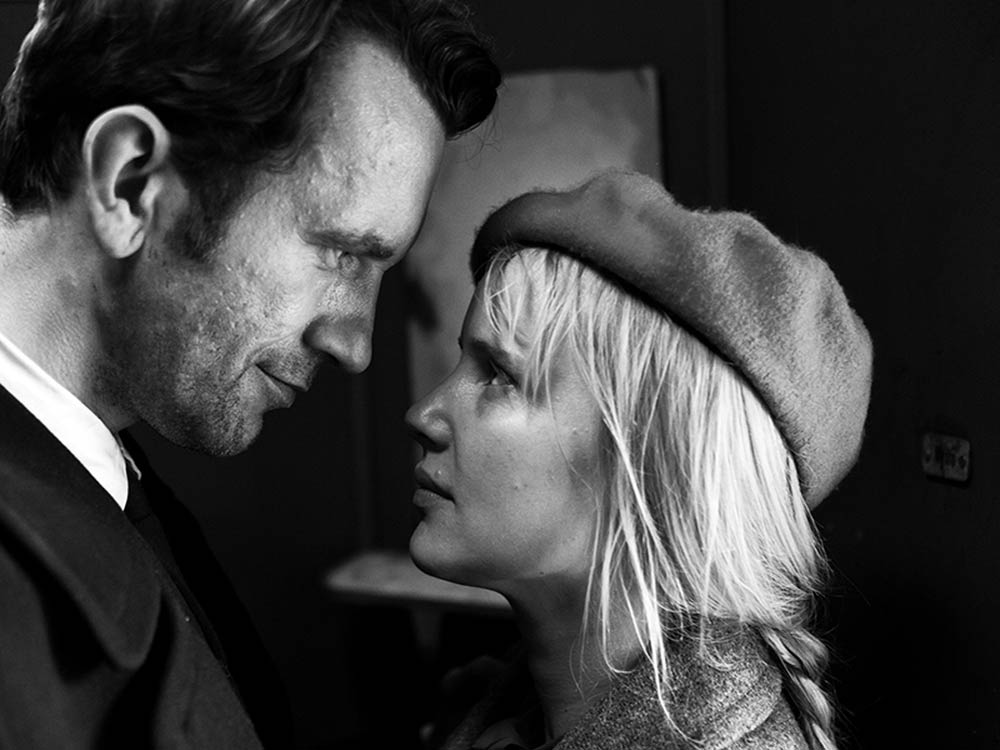
Gracefully charting the delirious highs and heartbreaking lows of the excited love affair between a composer named Wiktor (Tomasz Kot) and a folk singer named Zula (Joanna Kulig) as they conform to the sour vagaries of life in post-war Poland under Communist rule, Pawel Pawlikowski’s Cold War is an achingly lovely achievement.
Like Ida (2013), Pawlikowski’s previous period drama, Cold War shares a similar setting and luminous black and white view, but the two films are vastly different in their emotional approach and expression.
Aided by his go-to cinematographer Lukasz Zal, Pawlikowski imbues Cold War with a wealth of chiaroscuro interiors, icy yet exquisite circular tracking shots––which seem to capture the drunkenness of love entirely––all adding to an ingenious and ecstatic effect. For Wiktor and Zula’s story is one of adaptability, danger, and the enduring intoxication of love.
Kulig, as Zula, is absolutely electrifying. As she vibrantly descants Parisian torch songs that sets the enraptured mood of the film it’s easy to see why so many have suggested she may be the new Jeanne Moreau. With a sentimental sigh and a quick wipe away of tears, Cold War is a film of burning seduction and charming, cryptic truth.
13. Black Panther
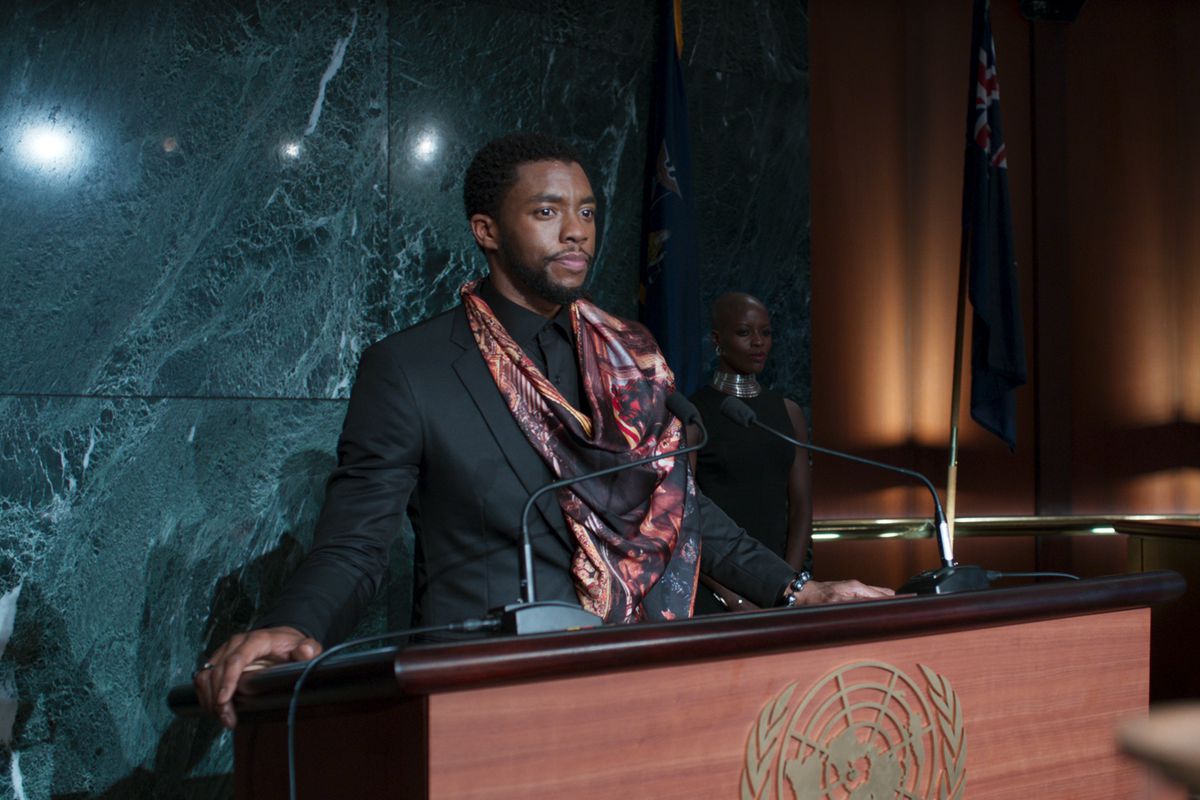
Chicago Sun-Times critic Richard Roeper excitedly called Ryan Coogler’s Marvel Studios debut “one of the best superhero movies of the century […] If you appreciate finely honed storytelling with a Shakespearean core; winning performances from an enormously talented ensemble; provocative premises touching on isolationism, revolution and cultures of oppression, and oh yeah, tons of whiz-bang action sequences and good humor – then you should see Black Panther.”
Largely set in the fictional (and eye-poppingly breathtaking) African nation of Wakanda, T’Challa, aka Black Panther (Chadwick Boseman), has returned to take his rightful place as king. With the arrival of a powerful new enemy, Erik “Killmonger” Stevens (Michael B. Jordan)––easily amongst the most compelling villains in all the Marvel Universe––these two adversaries are drawn into deadly conflict that will land not just Wakanda, but the entire planet, in peril.
Colorful, kinetic, and more thought-provoking than the last dozen superhero movies, Black Panther is a seriously relevant, and engaging blockbuster that brims with ideas worth debating. This is the best and most absorbing live-action Marvel movie to date, period.
12. The Favourite
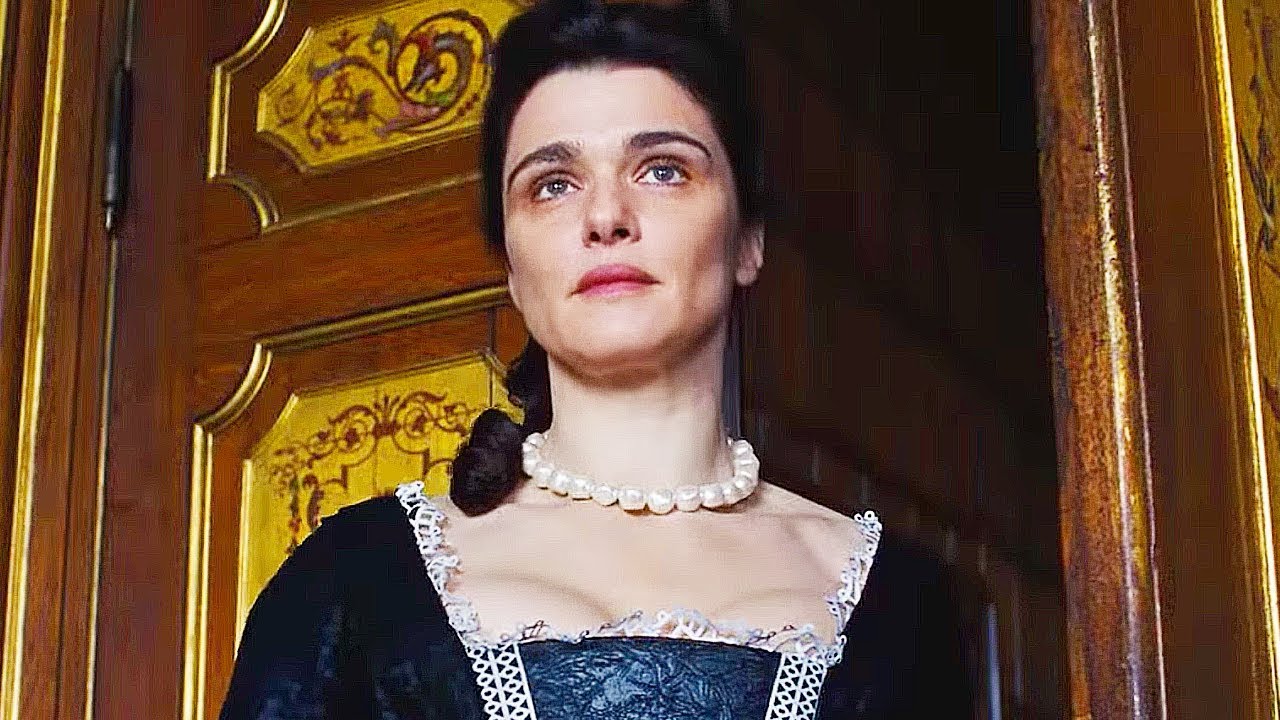
Yorgos Lanthimos (The Lobster) does it again, adding yet another absurdist gem to a collection that shows no sign of slowing down in quality and fanfare. In The Favourite, he reimagines the reign of Queen Anne and the periodically playful, somewhat sexy competition between her two ladies-in-waiting, Lady Sarah Duchess of Marlborough (Rachel Weisz) and her cousin Abigail (Emma Stone).
Avoiding the common pitfalls of the set-up, Lanthimos manages to earn sympathy for each of the characters, no matter how low they’re willing to go––if only because they’re doing it to survive. It’s easy to cheer on every player when the game is as cutthroat as the 18th century could be, especially for women.
Lanthimos loosens the corset strings in the most surprising ways, creating room to breathe in a period piece that could have been stuffy and heavy-lidded. Every frame is a treat for the eyes and its razor-sharp comedy and precise editing delivers a near-perfect film that is not soon to be forgotten.
11. Hereditary
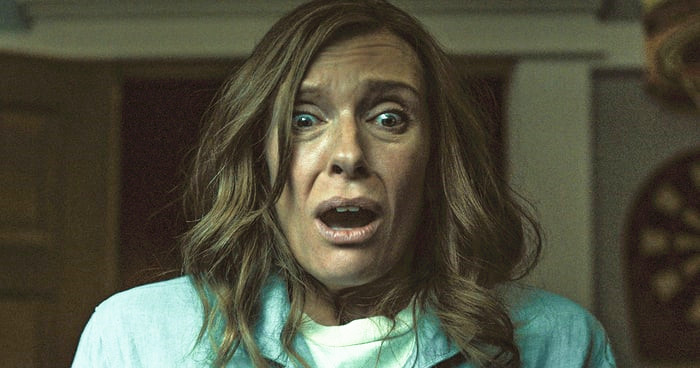
As prestige horror, writer-director Ari Aster makes a stirring and unforgettable debut with Hereditary, which also makes for one of the most discomfiting portrayals of family dysfunction you’re likely to ever see.
“In its seriousness and hair-raising craftsmanship, Hereditary belongs to a proud genre lineage,” writes the A.V. Club’s A.A. Dowd, adding “a legacy that stretches back to the towering touchstones of American horror, unholy prestige-zeitgeist classics like The Exorcist and Rosemary’s Baby.”
After the death of her reclusive grandmother, Annie Graham (Toni Collette) starts to see her family unravel as their mysterious past meshes with their chaotic and ever-fracturing present. Aster offers an unpredictable horror film that begins like a familiar haunted house movie before spiralling into the underworld; a vision so bleak, bloody, and compelling that fans of Ben Wheatley’s Kill List (2011) will be pumping their fists, when not cowering behind their popcorn, of course.
Shot with a meditative pace, one punctuated with deliberate camera movements and several, standout long takes (Kubrick comparisons will be unavoidable, but there’s much more emotion here), not to mention an absolutely chilling score from Colin Stetson, Hereditary builds and builds to the kind of Grand Guignol go-for-broke climax fright fans often ask for but so rarely receive. Not only does this film deliver genuine chills and thrills, it’s all done in a languid, artful measure. It’s the real deal and you’ll probably never look at dioramas the same way again, ever.